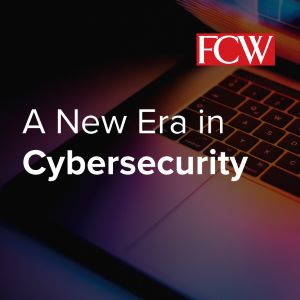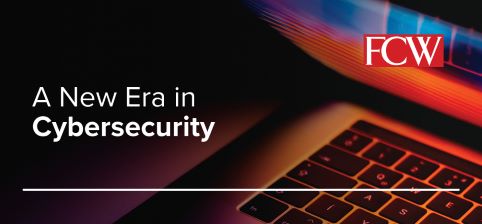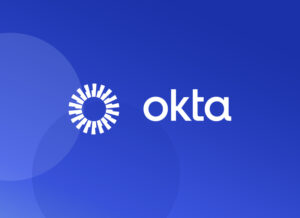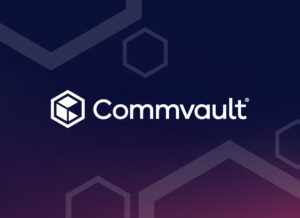Securing government systems was a complex undertaking even before the pandemic. In response to that crisis, agencies rapidly deployed cloud technology, mobile devices and collaboration tools for remote employees — and added new vulnerabilities and IT management challenges to an already long list of cybersecurity priorities. Malicious actors have taken note of the new opportunities and continue to mount increasingly sophisticated attacks on government systems and critical infrastructure. To keep pace with those risks, government teams need multifaceted yet holistic strategies that address a wide range of threats to network endpoints, identity and access management, and data. In addition, agencies must strike the right balance of productivity and security for a mix of on-site and remote employees — a key concern of 75% of the respondents to a recent FCW reader survey. Fortunately, zero trust has been gaining traction because of its ability to address key challenges related to identity management, endpoint security and data protection. Interest in zero trust has skyrocketed thanks to a mandate in the Biden administration’s 2021 Executive Order on Improving the Nation’s Cybersecurity. But although zero trust can play a key role in ensuring that only authorized users have access to IT systems and data, it doesn’t always protect against human mistakes. In addition, security responsibilities have crossed traditional internal boundaries, and agencies are finding that they need to unify the priorities of security teams and mission owners. Learn how agencies can continue to evolve cybersecurity architecture and strategy, given the increased attack rate and creativity of malicious actors in Carahsoft’s Innovation in Government® report.
The Power of Real-Time Cyber Intelligence
“Government agencies are realizing that if they are going to mitigate cybersecurity risks and respond to breaches more quickly, they need access to real-time operational intelligence. However, they also recognize that their security products and intelligence sources must be readily integrated. A security operations center (SOC) can’t function when it has 50 products that don’t talk to one another and whose data can’t be easily fused and normalized. Many organizations try to manually corroborate a notable security event with other data, such as external threat intelligence, feedback from an endpoint detection and response platform, or information from the Department of Homeland Security. A manual process is slow, inefficient and ultimately doomed to failure.”
Read more insights from Splunk’s chief cybersecurity advisor for public sector, Paul Kurtz.
Treating Identity as Critical Infrastructure
“Agencies can assess the state of their identity infrastructure by continually asking whether they are delivering the right capabilities to their employees, the public and other customers and whether they are doing so in a way that matches how people live and work today. We all have high expectations for capabilities and usability because of our daily interactions with smartphones. We’re used to conducting our business quickly and efficiently, and agencies should likewise be building enterprise systems that support the fast and efficient delivery of government services. Furthermore, agencies should build those systems with a line of sight to the future.”
Read more insights from Okta’s federal chief security officer, Sean Frazier.
 The Importance of Future-Proofing Cybersecurity
The Importance of Future-Proofing Cybersecurity
“Access control through multifactor authentication is an important aspect of both directives. The combination of username and password is not sufficient to secure access to IT systems. Agencies also need to deploy strong multifactor authentication that relies on some type of hardware- or software-based token for granting access to the environment and then to the data. Furthermore, the White House executive order mandates the protection of data through encryption not only when it is at rest but also when it is moving to and from the network edge and beyond.”
Read more insights from Thales TCT’s deputy CTO, Gina Scinta.
The Game-Changing Nature of Cyber Resiliency
“The COVID-19 pandemic prompted the largest modernization effort the government has ever seen. However, in addition to the many benefits of that modernization, hybrid work environments have added an ever-growing number of endpoints and created new identity-based vulnerabilities for attackers to exploit. Agencies can be more strategic in their approach to endpoint security by focusing on cyber resiliency. Although the term has been around for several years, it has been emphasized recently by the National Institute of Standards and Technology (NIST).”
Read more insights from SentinelOne’s vice president of federal sales, Todd Helfrich.
Galvanizing Agencies into Action on Cybersecurity
“The Executive Order on Improving the Nation’s Cybersecurity has spurred agencies to modernize the way they protect IT systems and data. Now there is a shared commitment to the steps that IT leaders should take, and agencies have been galvanized into action. For example, zero trust was mostly just a buzzword for agencies prior to the executive order, and now it is something that federal agencies are seriously exploring. They’re going beyond reading whitepapers to asking for vendor demos and testing ideas.”
Read more insights from Cribl’s senior director of market strategy, Nick Heudecker.
Aligning Your Digital Collaboration to Zero Trust
“Guest access provides people outside your organization access to content inside your M365 workspaces (i.e., Teams, SharePoint and Groups). A health care-focused agency could use guest accounts to collaborate with grantees and their site staff or academic researchers. A defense-focused agency could use guest access to coordinate with local law enforcement to plan incident response or correspond about special event planning. Despite the benefits, agencies need policies and reporting when using features like guest access to ensure your information stays protected.”
Read more insights from AvePoint’s director of federal strategy for public sector, Jay Leask.
Download the full Innovation in Government® report for more insights from these digital transformation thought leaders and additional industry research from FCW.







